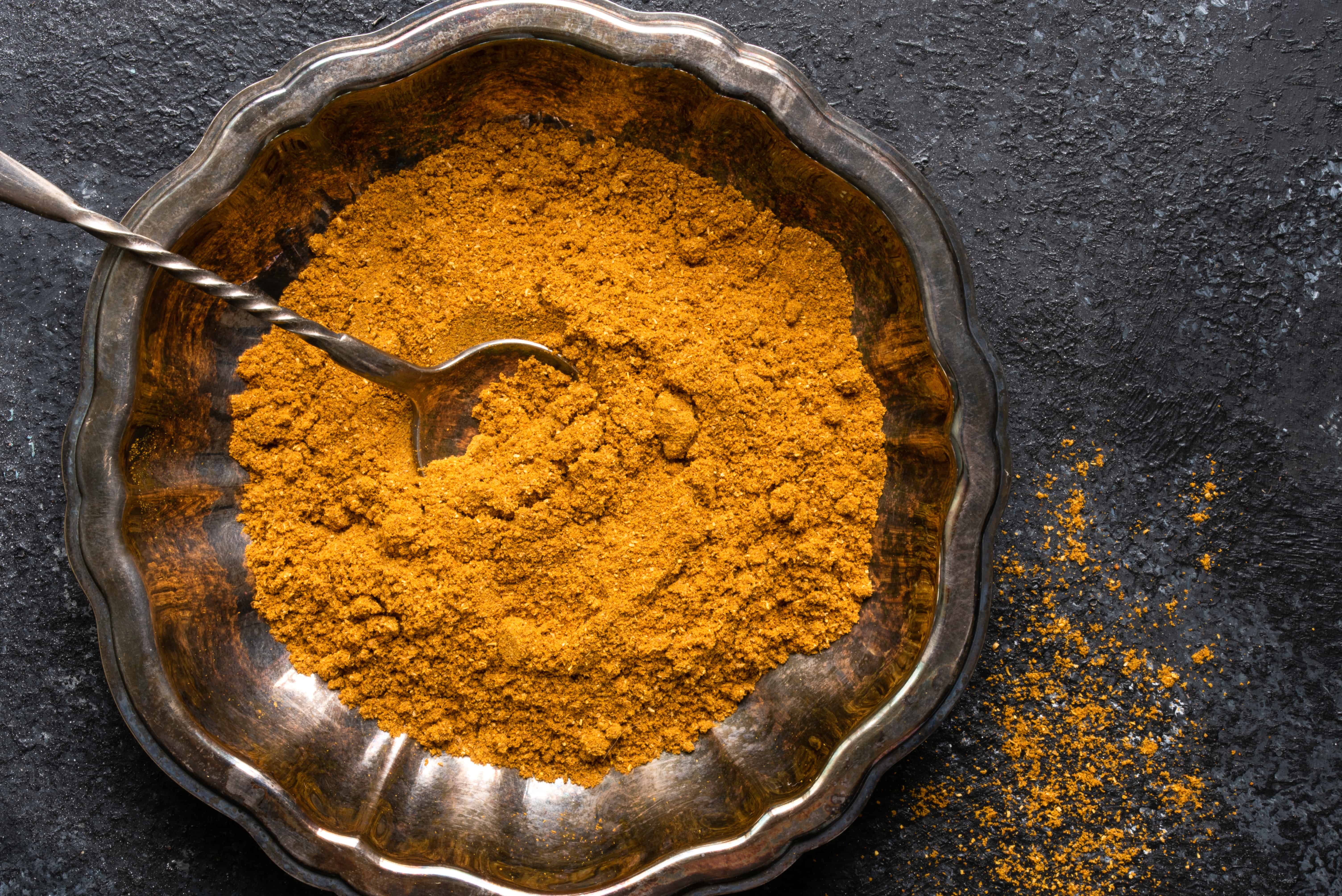Ras el hanout is a spice blend that originates from Morocco and is commonly used in North African and Middle Eastern cuisine. It is a blend of many spices, and the specific blend can vary from recipe to recipe, but common ingredients include cumin, coriander, paprika, cayenne pepper, and ginger.
Here are some ideas for how you can use ras el hanout:
- Rub it onto meat, such as chicken or lamb, before grilling or roasting
- Sprinkle it over vegetables before roasting
- Add it to marinades for grilled or roasted meats
- Add it to ground meat for burgers or meatballs
- Stir it into couscous or rice dishes
- Add it to soups or stews to give them a deeper, more complex flavor
When using ras el hanout, keep in mind that a little goes a long way. Start with a small amount and taste as you go so you don’t add too much.
You can also mix ras el hanout with other spices, such as turmeric or cinnamon, to create your own unique blend.
When you should use ras el hanout in your cooking
Ras el hanout has a complex, aromatic flavor that is warm and slightly sweet, with a hint of heat from the cayenne pepper. The blend is often described as having a “woodsy,” “earthy,” or “rustic” flavor, with notes of spice and citrus.
The taste of ras el hanout can be quite subtle, so it is often used in combination with other spices and flavorings to add depth and complexity to dishes.
When you smell ras el hanout, you might also detect notes of other spices, such as cardamom, cloves, and cinnamon, which can add a sweet, floral, or warm and spicy note to the blend.
Overall, the aroma of ras el hanout is well-balanced, with an inviting scent that is perfect for adding depth and flavor to a wide range of dishes.
Why ras el hanout is unlike garam masala
People often compare ras el hanout to garam masala and suggest that they are substitutes for one another. However, there are some differences between the two blends in terms of the specific spices used and the flavor profiles they produce.
As described above, ras el hanout offers a warm and slightly sweet taste with some spice from the cayenne pepper.
Garam masala is a spice blend that is commonly used in Indian cuisine. It is also a blend of many spices, but the specific blend can vary depending on the region or recipe. Common ingredients in garam masala include black pepper, cardamom, cinnamon, coriander, cumin, and cloves. Garam masala has a warm, aromatic flavor that is slightly sweet and slightly spicy, with notes of citrus and wood.
Overall, ras el hanout and garam masala are similar in that they are both aromatic spice blends that are used to add depth and complexity to dishes.
However, they differ in terms of the specific spices used and the resulting flavor profiles, with ras el hanout having a slightly sweeter, more complex flavor and garam masala having a warmer, spicier flavor.
Alternatives to ras el hanout
If you don’t have ras el hanout or are unable to find it, you can use a combination of other spices to achieve a similar flavor profile.
Here is a simple recipe for a homemade spice blend that can be used as a substitute for ras el hanout:
- 1 tablespoon ground cumin
- 1 tablespoon ground coriander
- 1 tablespoon paprika
- 1 teaspoon ground ginger
- 1 teaspoon ground turmeric
- 1 teaspoon ground cinnamon
- 1 teaspoon ground black pepper
- 1/2 teaspoon ground cardamom
- 1/2 teaspoon ground cloves
Mix all of the spices together in a small bowl and store in an airtight container. This blend can be used in the same way as ras el hanout, such as rubbing it onto meats or mixing it into marinades, soups, and stews. You can also adjust amounts of each ingredient as desired.

